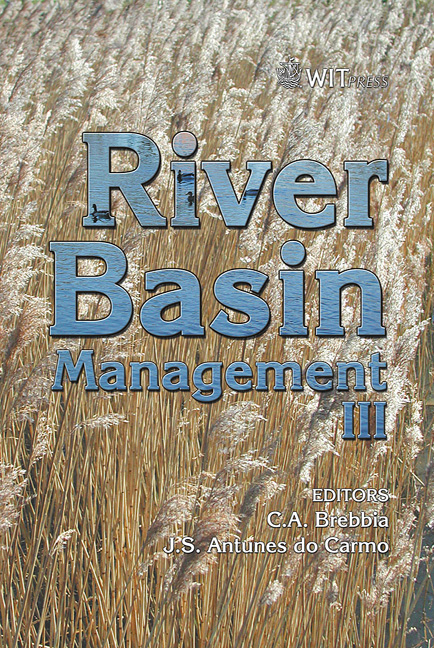Yellow River Sediment Response To Human Disturbance In The Last Century
Price
Free (open access)
Transaction
Volume
83
Pages
7
Published
2005
Size
775 kb
Paper DOI
10.2495/RM050551
Copyright
WIT Press
Author(s)
X. He, J. Zhou, K. Tang & X. Zhang
Abstract
River sediment yield has been widely used as a proxy indicator for assessing surface erosion rate within the catchment or land degradation. This paper has investigated a time-series record of sediment yields of the Yellow River back to the year of 1912. The relationship of sediment yield fluctuation to precipitation and major human activity events was analyzed. Results show that large-scale human activities such as the Second World War and the Chinese Culture Revolution greatly accelerated the soil erosion on the Loess Plateau. However, dam buildings in the 1970s, implementation of soil conservation in the 1980s and the runoff failure in the Yellow River in the 1990s caused substantial decrease of its sediment yield. Keywords: human activity, erosion dynamics, sediment yield, Loess Plateau, China. 1 Introduction The modern accelerated soil erosion, in addition to causing on-site loss of topsoil and reducing the productivity of the land, also has serious offsite environmental effects [1, 2]. Furthermore, soil erosion, leading to flood, drought and famine, is considered to be more than a national disaster as a result of threatening food and environmental security worldwide, especially in developing countries [2]. Soil erosion on the Loess Plateau of China, for example, is amongst the highest (about 100 t ha -1 y -1 ) in the world [3,4]. Here, a large population (82 million in an
Keywords
human activity, erosion dynamics, sediment yield, Loess Plateau, China.





